In Artinis NIRS blog, you will find the latest trends in (f)NIRS, NIRS studies and applications, tutor from the leaders of near infrared spectroscopy, not to mention detailed insights and tips and tricks for your research!
Search blog post topic
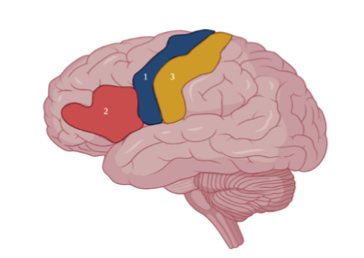
Differences between haemodynamics of planned and spontaneous speech in people who stutter (PWS)
We have received a new update from Liam Barrett, one of the Win a Brite winners, whose research focus is on using biofeedback and fNIRS to promote fluency in people who stutter. In this blog post, he shares his findings on the hemodynamics differences in planned & spontaneous speech between fluent speakers and stuttering people.
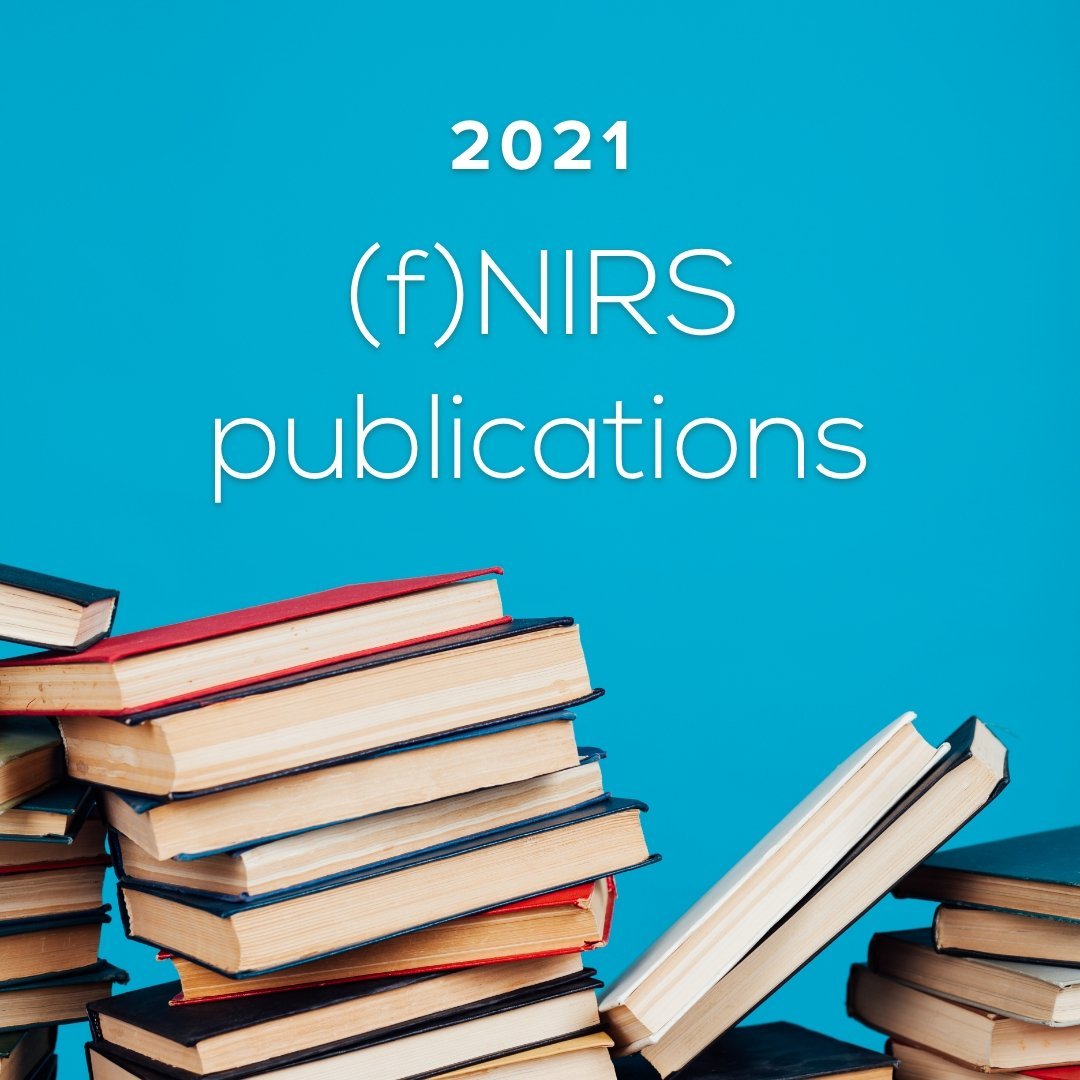
2021 Publication overview with Artinis Near-Infrared Spectroscopy (NIRS) devices
More than 110 papers using our (f)NIRS devices in neuro- and sports science areas were submitted last year. This blog post gives an overview of all papers published in 2021 using Artinis (f)NIRS devices for different application fields/categories, including cortical brain research, sport science, clinical and rehabilitation, hypoxia research, hyperscanning and multimodality.
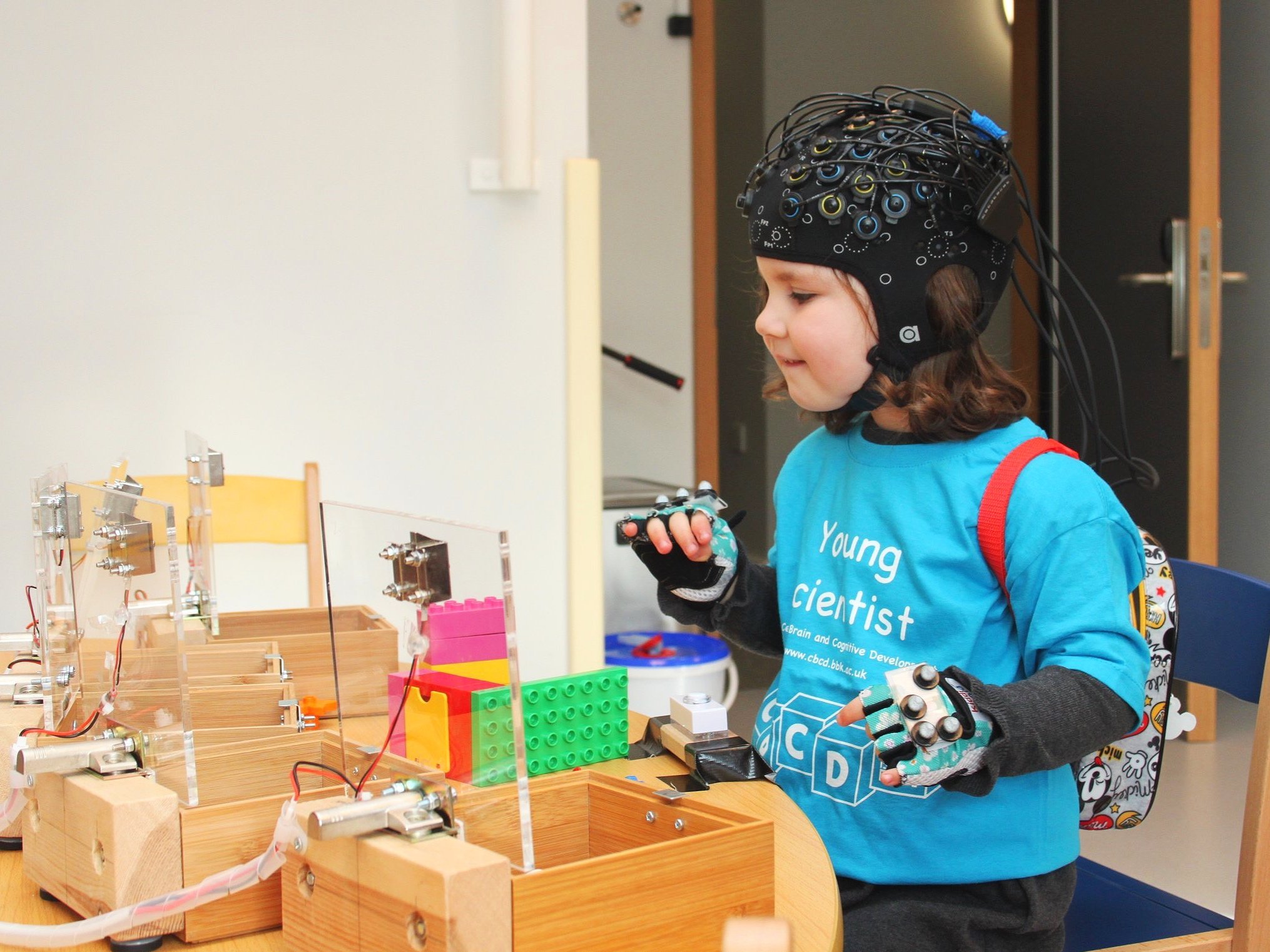
Exploring early brain development in real-world settings: an interview with Dr. Paola Pinti
Dr. Paola Pinti is a Senior Research Laboratory Developer in the Birkbeck ToddlerLab. In this interview, she shares her experience in neuroscience, her work in the ToddlerLab, and the usage of a multimodal set-up to investigate behavior and brain of preschool children.
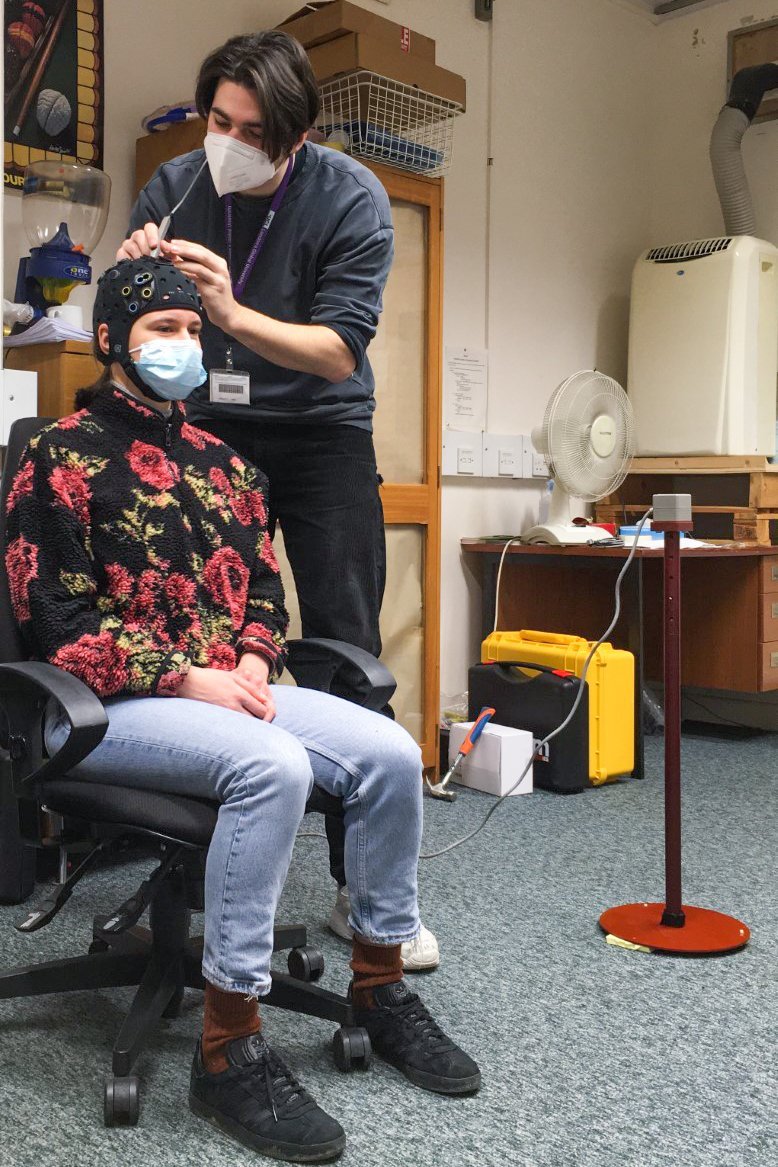
Integrating real-time fNIRS with biofeedback to promote fluency in people who stutter
Over at the Speech Lab here in University College London, we are in the midst of data collection with the wearable fNIRS system, Brite. We’ve been investigating the hemodynamic biomarkers of stuttering along with cortical responses of altered feedback during speech.
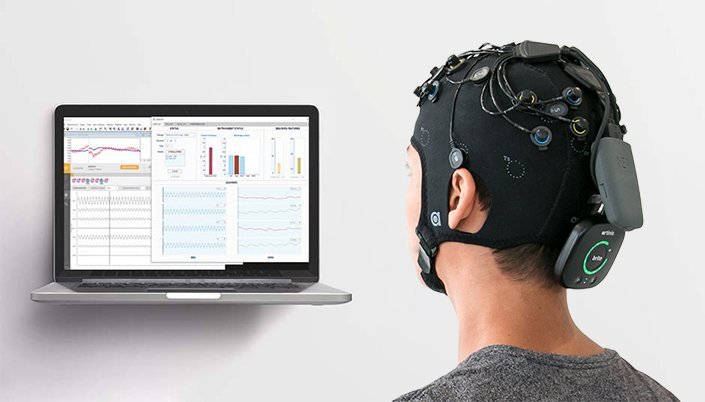
The Starstim fNIRS - Combining tES brain stimulation and EEG + fNIRS neuroimaging in one headcap
Starstim fNIRS is the most adaptable solution to combine tES brain stimulation with EEG and fNIRS neuroimaging in one single wireless and wearable system – and what makes it the most versatile solution for researchers and clinicians in many application areas. The possibility to combine tES with multiple neuroimaging modalities in one device facilitates altering human behavior and acquiring a more complete picture of the brain. It further increases application possibilities and reduces set-up and measurement time.

Set up the PortaMon in 6 steps - NIRS device for muscle oxygenation measurements
With the PortaMon, it is possible to perform both online measurements easily through Bluetooth connection, as well as offline measurements over a larger distance, as data can be stored on the device and downloaded afterward. Watch our newest video and discover how to correctly set up the PortaMon in only six easy steps!
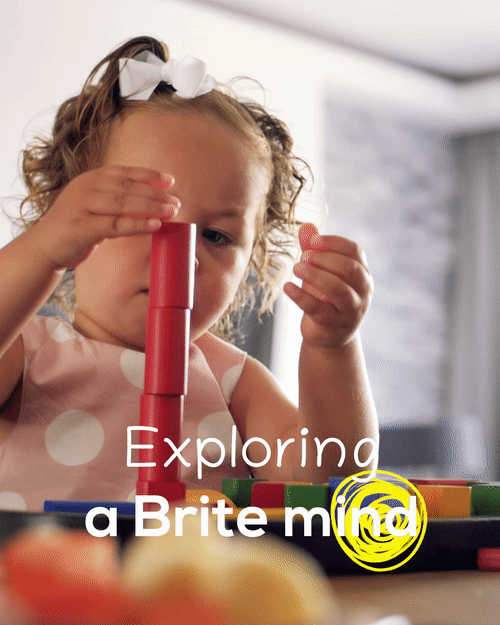
Using fNIRS to study infants and babies brain – exploring a Brite mind
In the first years of life, the brain shows the fastest and most significant growth. This time period is also crucial for discovering the onset of cognitive deficits and several neuropsychiatric disorders. Hence, proper brain development in infants builds the foundation for a successful and healthy future as an adult.

fNIRS analysis toolbox series – MNE/Python
In this blog post, we present MNE-NIRS, a Python toolbox for analyzing NIRS/fNIRS data, which aims at researchers with a background in engineering, neuroscience and/or AI. The toolbox is handled by scripting the processing pipeline, which can be done in a regular Python script or within a Jupyter notebook.
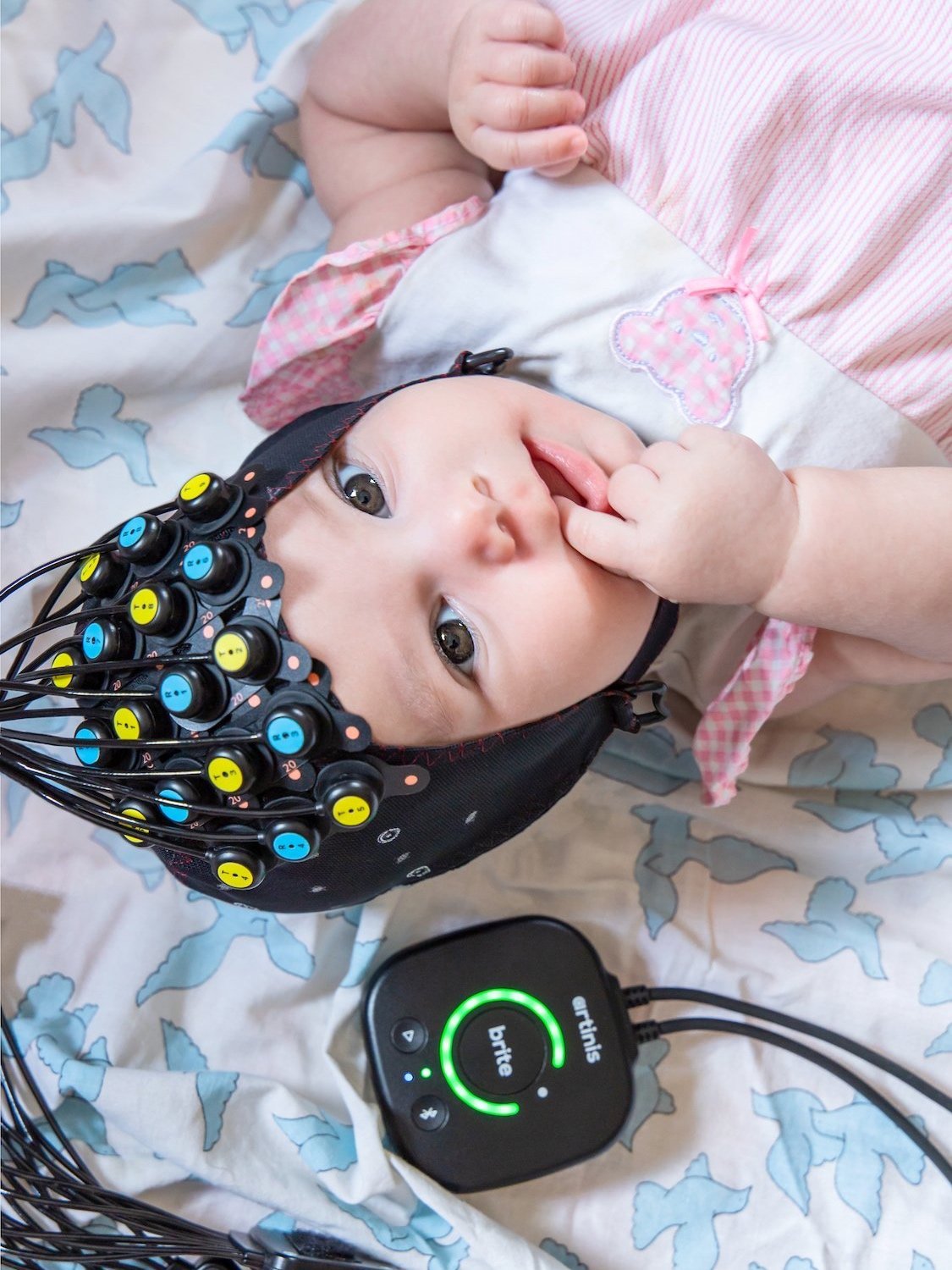
Exploring the infant brain with fNIRS
Testing young babies, between 0 and 2 years of age, is definitely fun, but it also comes with challenges. We asked several developmental researchers to point out the main difficulties they typically encounter and what features an infant-friendly NIRS should have. So, what are these challenges and what can researchers and technology do to overcome them?
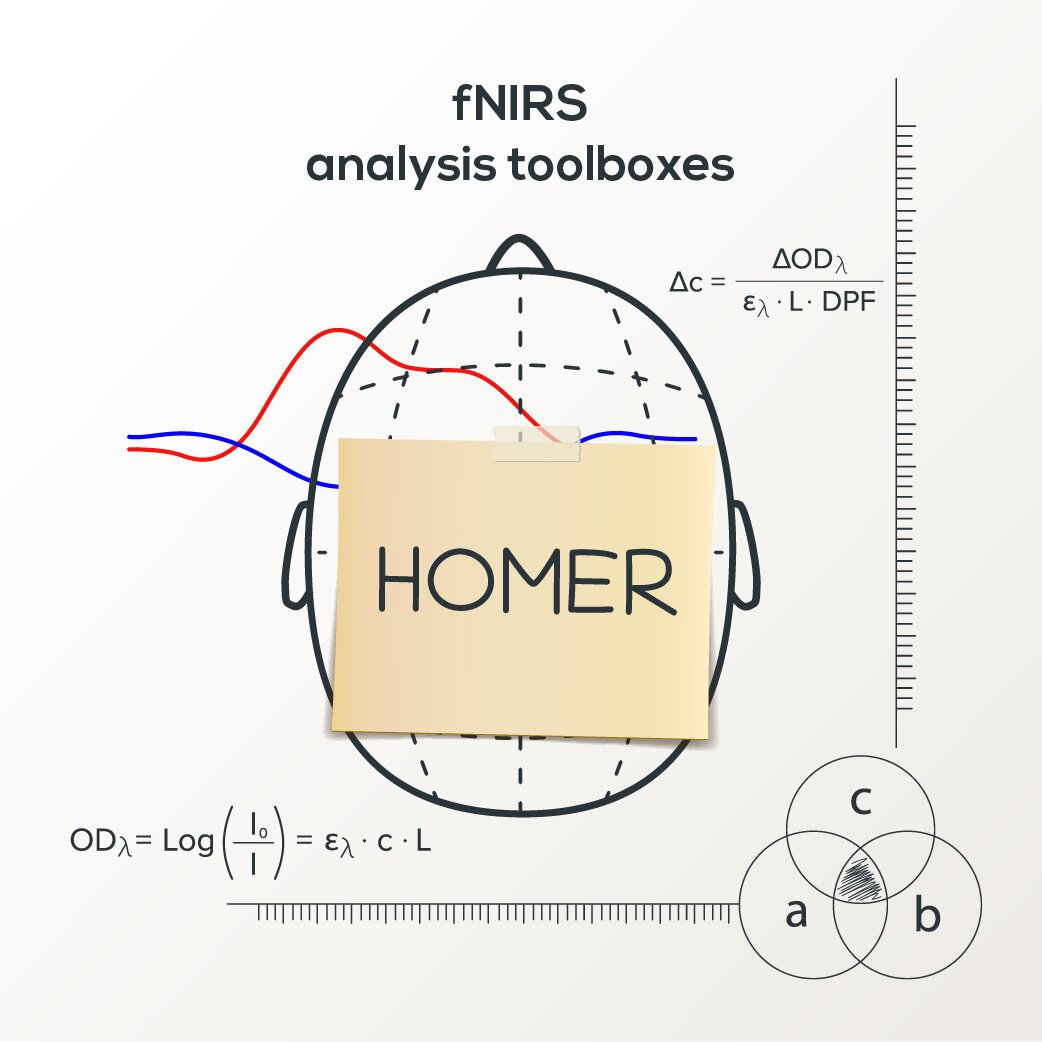
fNIRS analysis toolbox series – Homer
Here we present Homer3, an open-source MATLAB toolbox for analysis of fNIRS data and for creating maps of brain activation. In this blog post, we present the basic principle of Homer3 and show a simple example of how to read in data, preprocess the data (filtering only), average over trials as well as over subjects, and plot the final result in a graph.
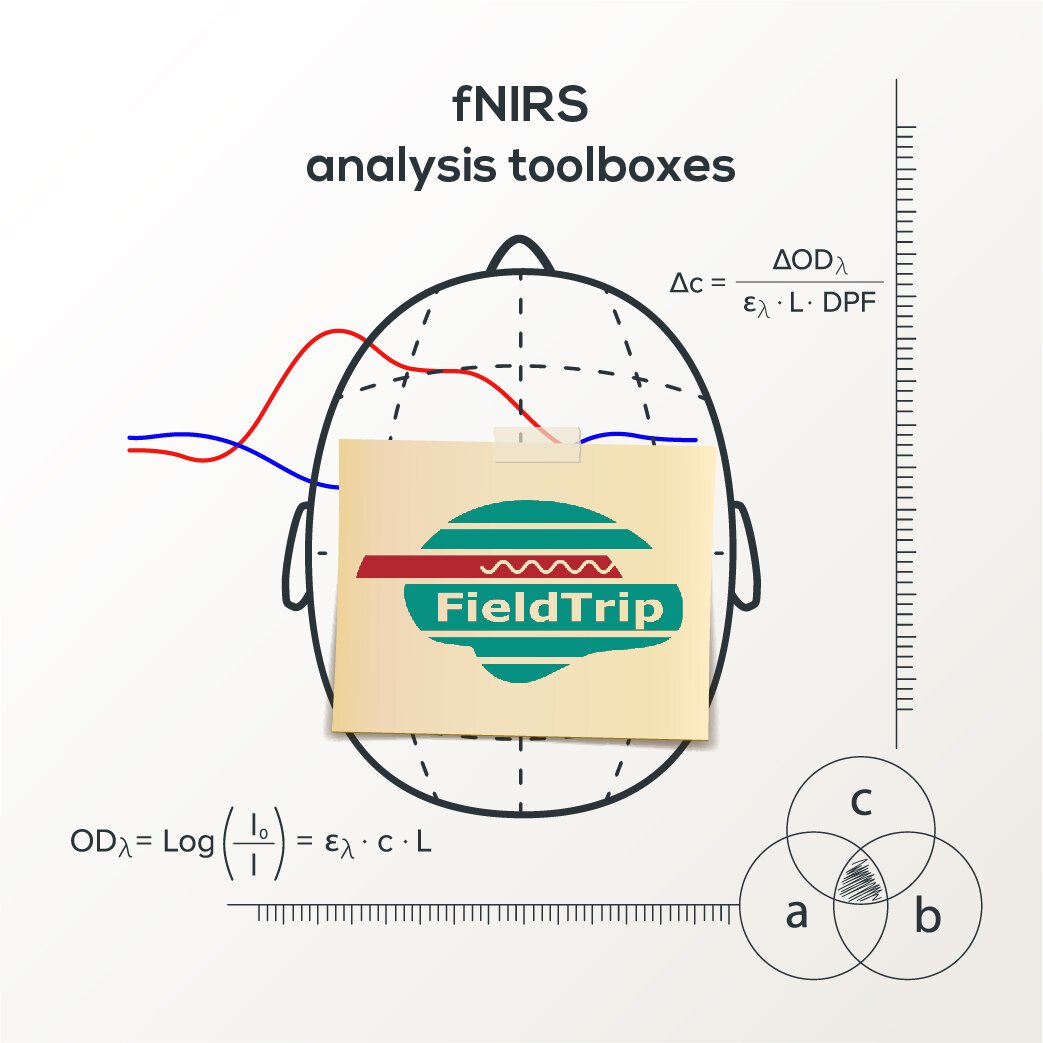
fNIRS analysis toolbox series – FieldTrip
Here we present FieldTrip, which is a MATLAB analysis toolbox that was originally designed for electrophysiological data analysis. However, FieldTrip supports fNIRS data analysis as well. It contains high-level functions that can be combined in a MATLAB script. It aims at researchers with a background in neuroscience, engineering, optics and physics.

fNIRS analysis toolbox series – Brain AnalyzIR
Here we present the NIRS Brain AnalyzIR toolbox, a toolbox for analysis of (f)NIRS data in Matlab. NIRS Brain AnalyzIR toolbox aims at researchers with a background in neuroscience. The toolbox is suitable for researchers having basic knowledge of Matlab and especially those who are comfortable with object-oriented programming.
